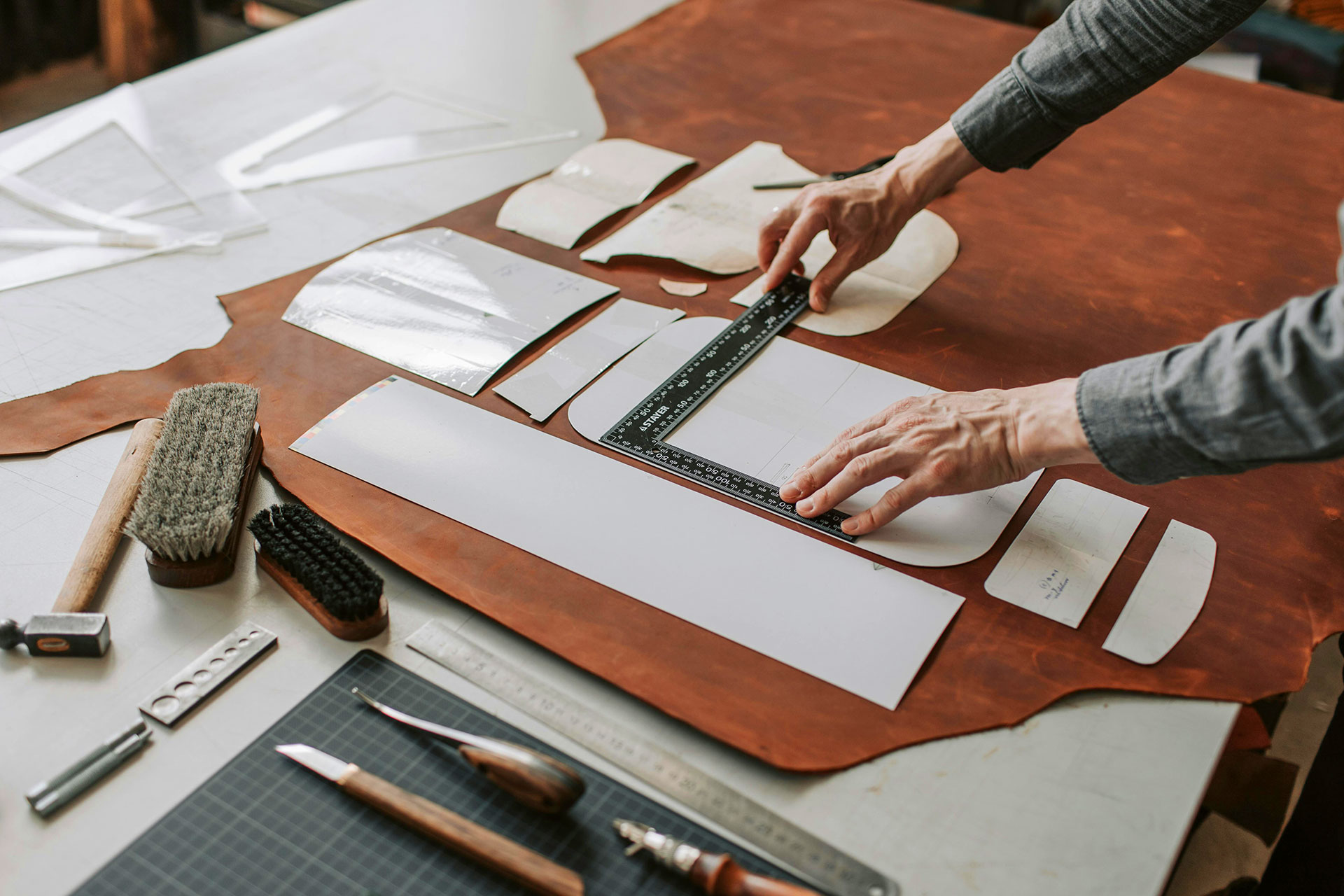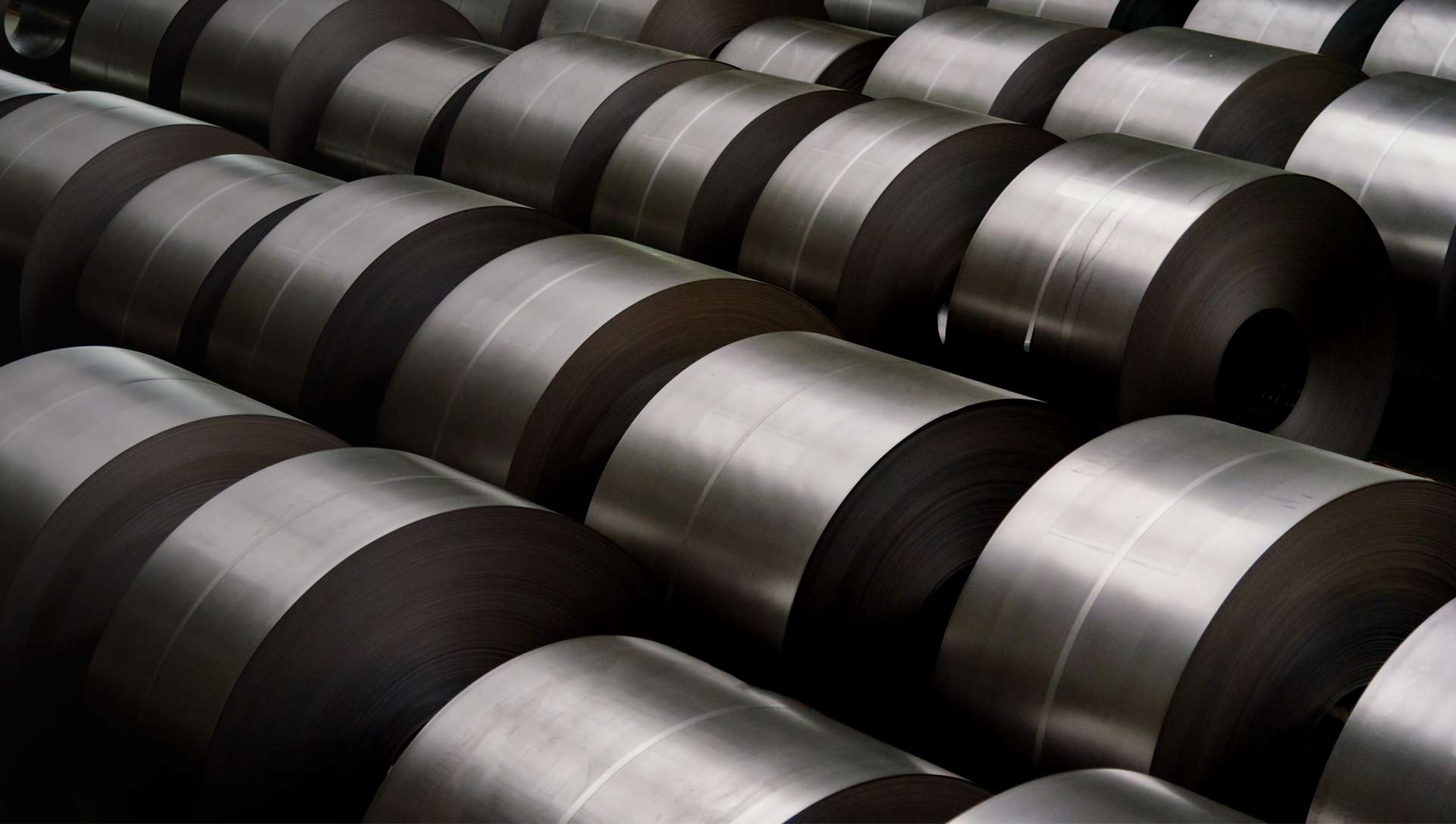
The Craft Is in the Cut — Why the Blade Matters
There’s a moment in leatherwork that feels almost sacred—the first cut. The leather is untouched, smooth, expectant. And then, with one deliberate motion, you slice. If the blade is sharp, well-weighted, and true, it glides like it belongs there. If it isn’t… you’ll feel it. The leather will, too.
That’s the thing about cutting: it’s not just step one. It sets the tone for everything that follows.
A Good Blade Doesn’t Ask for Force
You shouldn’t have to muscle through leather. A clean cut isn’t about power—it’s about finesse. A blade that’s properly honed will let you guide, not press. It’ll slide through without resistance, respecting the grain instead of tearing through it.
That means fewer jagged edges. Cleaner lines. Less sanding. And a better final piece, even before the stitching begins.
Different Blades, Different Intentions
Not all blades wear the same hat. The right blade depends on the kind of work you’re doing—and using the wrong one can slow you down or mess you up entirely.
Here’s where to start:
- Head knives are ideal for sweeping, controlled curves and deep cuts
- Skiving knives help thin leather at edges, making folds and overlaps smooth
- Clicker knives are perfect for patterns and fine detailing
- Utility blades might seem handy, but without the right angle or edge, they can fray rather than cut
The real key? Use the blade for what it was designed to do. That’s when it shines.
Why Sharp Is Safer
It sounds backward, but it’s true: dull blades are dangerous. They slip. They force your hand. They lead to accidents, not to mention ragged work and wasted material.
A sharp blade, on the other hand, moves with precision. It does what you ask of it, no drama. Regular stropping, careful storage, and the occasional regrind keep your edge as ready as your hands.
Conclusion
When you cut into leather, you’re starting a dialogue. You’re making decisions—not just about size or shape, but about feel and flow. Every tool after that step, from the punch to the needle, builds on that first moment.
So don’t overlook your blade. Don’t treat it like background noise. The craft is in the cut, and the cut begins with the edge you trust to carry the weight of your work.





